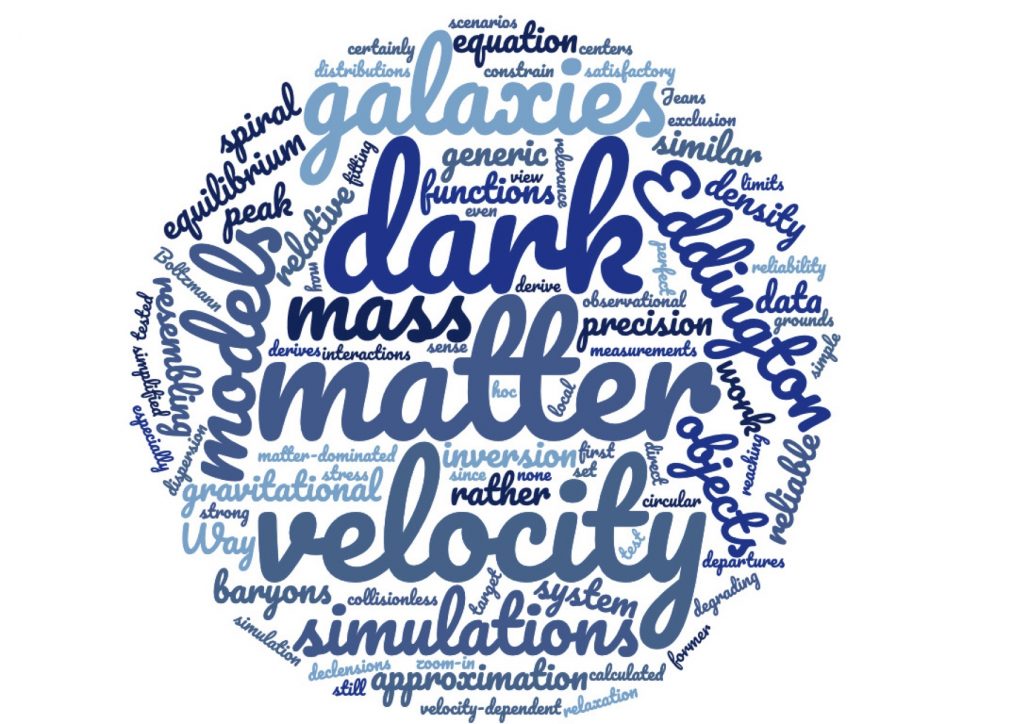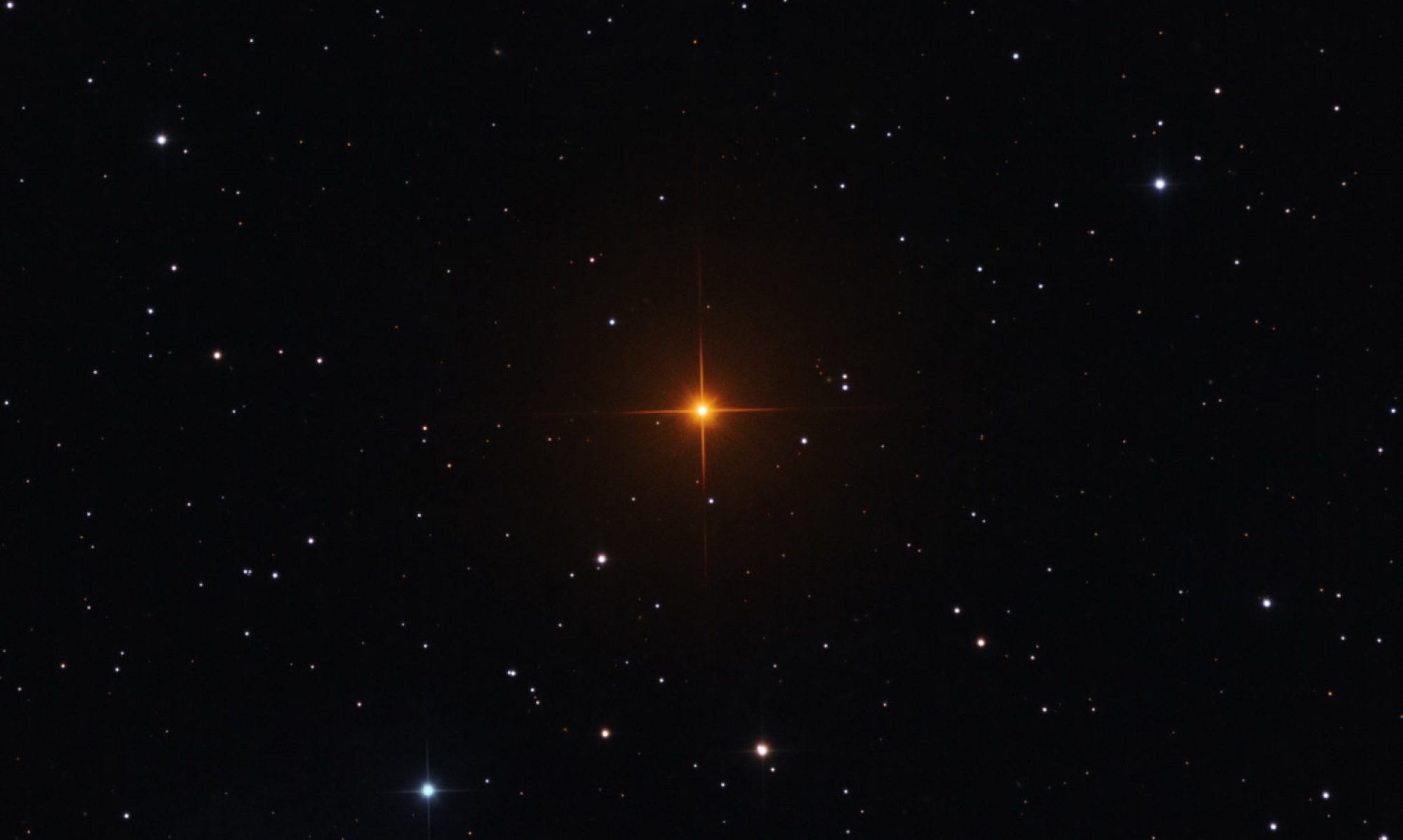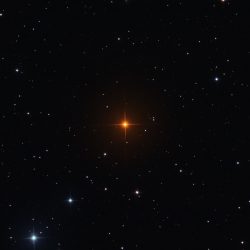
Written by Thomas Lacroix.
Summary of the paper with the same title published in JCAP.
arXiv: 2005.03955
In this work, we have quantified the level of predictivity and the relevance of some isotropic models of velocity distribution functions, by comparing their predictions for several observables with direct measurements in highly resolved cosmological simulations, providing realistic test galaxies where both the dark matter and the baryons are dynamically linked through their mutual gravitational interactions. The main question we addressed is the following: can a reliable, though simplified, galactic mass model be translated into reliable predictions for the speed distribution and related moments? Answering this question and further quantifying the reliability of the procedure is important in a context in which (i) dark matter searches have been intensifying on galactic scales, and (ii) observational data have been accumulating which can better constrain the dark matter content of target objects or structures. Moreover, discovery prospects as well as exclusion limits on specific dark matter scenarios would certainly benefit from better estimates or control of theoretical uncertainties.
In particular, we have tested a complete model ’the Eddington inversion model’ encapsulating a full phase-space description of the dark matter lying in a self-gravitating object, built from first principles while based on several simplifying assumptions: dynamical equilibrium, spherical symmetry, and isotropy. This model, a generic solution to the collisionless Boltzmann equation, allows one to derive the phase-space distribution function of dark matter from the knowledge of its mass density profile and of the full gravitational potential of the system (both required to be spherically symmetric). Therefore, it can be fully derived from a galactic mass model, where the mass density distributions of all components are specified. We have compared this full phase-space distribution model with more ad hoc models for the velocity distribution only, based on declensions of the Maxwell-Boltzmann approximation; one inspired from the isothermal sphere where the peak velocity is set to the circular velocity, and another one in which the peak velocity derives from the velocity dispersion calculated by consistently solving the Jeans equation. These models were used to predict the speed distribution function of a system and several relevant speed moments, as well as relative speed moments.
Galactic mass models including a dark matter profile and several components for baryons, were fitted on three different highly resolved zoom-in cosmological simulations. These simulations were used in both their dark matter-only and their hydrodynamical configurations, the former resembling a would-be giant isolated dwarf spheroidal galaxies, and the latter resembling spiral galaxies similar to the Milky Way (the level of ’Milky Way-likeness’ is not essential in this work).
We compared the model predictions for several velocity-dependent observables directly with the simulation data. This allowed us to estimate that the Eddington model provides a fairly good description of the phase-space distribution function of dark matter in galactic structures, reaching a precision of ~10-20% for velocity or relative velocity moments of order n = +-1, 2. It may perform better in describing dark matter-only systems than those with baryonic domination at their centers, with a precision degrading by ~ 10% for the latter — although this is not generic, as one of our galaxies was still very well described. It is rather surprising, and even remarkable, that such a simple model can capture the dark matter dynamics so well, especially when one considers the strong assumptions it is built upon. Indeed, none of our simulated objects exhibits perfect dynamical relaxation, spherical symmetry, nor isotropy. Still, the model is able to capture their main dynamical features. We emphasize that the Eddington model, in this context, provides a better description of realistic systems than typical declensions of the Maxwell-Boltzmann approximation used in the literature (in the sense of models, not Gaussian fitting functions). Considering the latter are lacking in terms of solid theoretical grounds in this particular context, this is rather satisfactory from the theoretical point of view.
This work provides a quantitative estimate of the theoretical uncertainties affecting the Eddington inversion in the context of dark matter searches, both in dark matter-dominated objects and in spiral galaxies similar to the Milky Way. We stress that these uncertainties do account for departures from local equilibrium, which are at play in our virtual galaxies.

